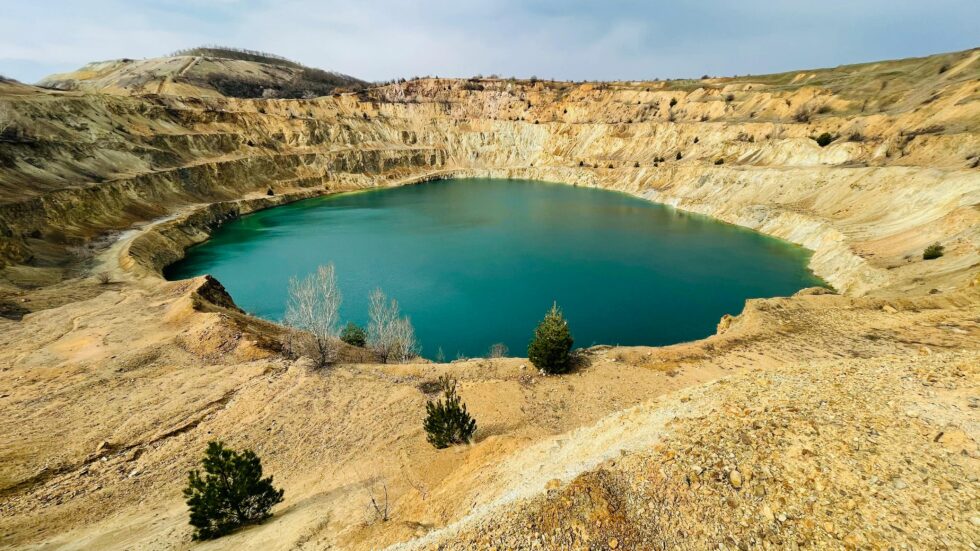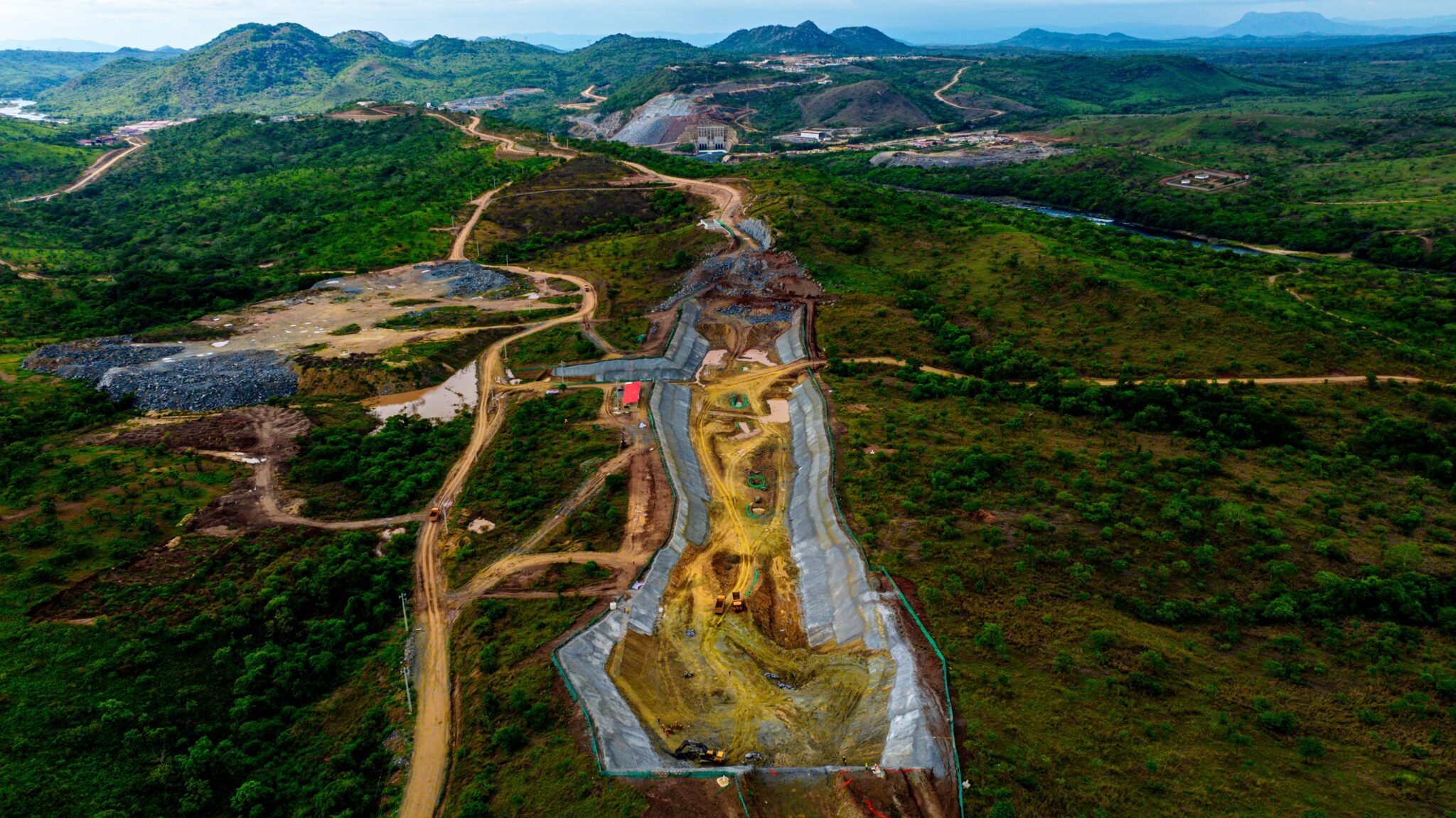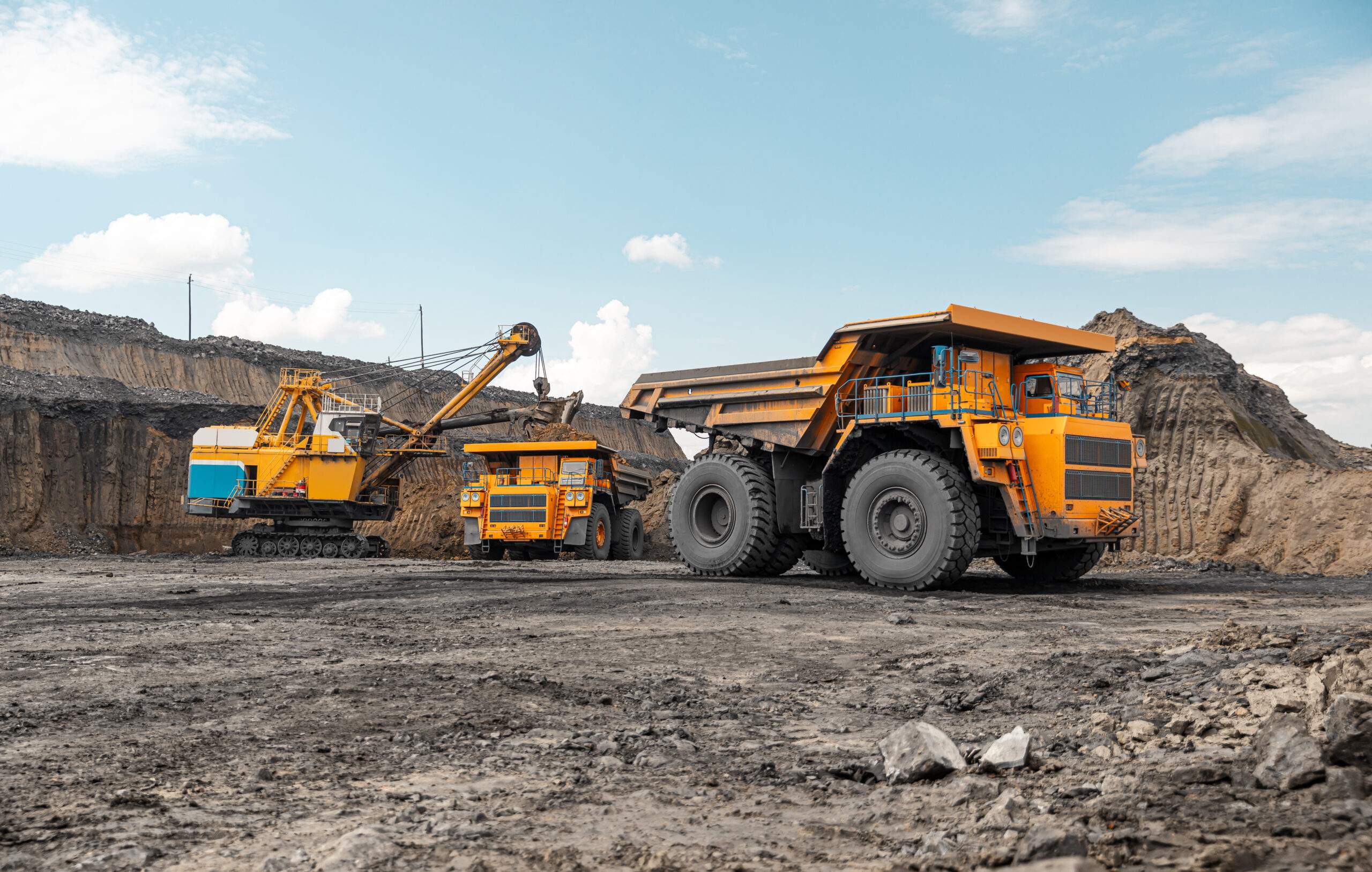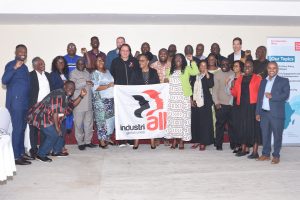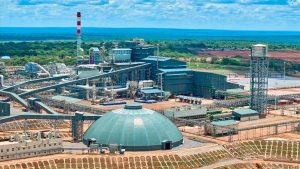Water Risk Rises As Mining Grows In Africa
Plan for closure
“Closure planning needs to start from day one,” says Mahomed. “There is zero tolerance for the kind of contamination historically caused by mining.” There is also a growing concern in metals markets about ethical and sustainable supply chains in mining. Mahomed points to mining companies in countries like the Democratic Republic of Congo, where copper and cobalt mining is ramping up to meet the demands of a lower carbon future. Industry benchmarks such as the Copper Mark have become essential for mining companies to understand current trends in customer expectations.
Supporting sustainability
To effectively underpin and apply the right policies, mines need specialised technical expertise that will generate accurate data and analyse it so that it is practically useful. They also benefit from taking a strategic view of water stewardship rather than focusing solely on compliance, according to Sathisha Barath, principal hydrogeologist at SRK Consulting. “In response to mining regulations, many companies accrue large volumes of compliance monitoring data; however, data interpretation and trend analysis can be optimised using ‘big data’ management tools. The focus should be on quality data collection and analysis to inform decisions, rather than on data quantity or a ‘tick-box’ exercise.”
Models and tools
Mahomed highlighted the potential to create digital dashboards to make better use of information gathered, allowing quick and easy access to water-related data on a mine site and broader catchment.
Meaningful targets
To effectively underpin and apply the right policies, mines need specialised technical expertise that will generate accurate data and analyse it so that it is practically useful
Barath said that by taking an integrated approach to water management, clients can be assisted in developing tailored and site-specific solutions with meaningful targets in line with the mine’s strategic objectives.
Share this content:
